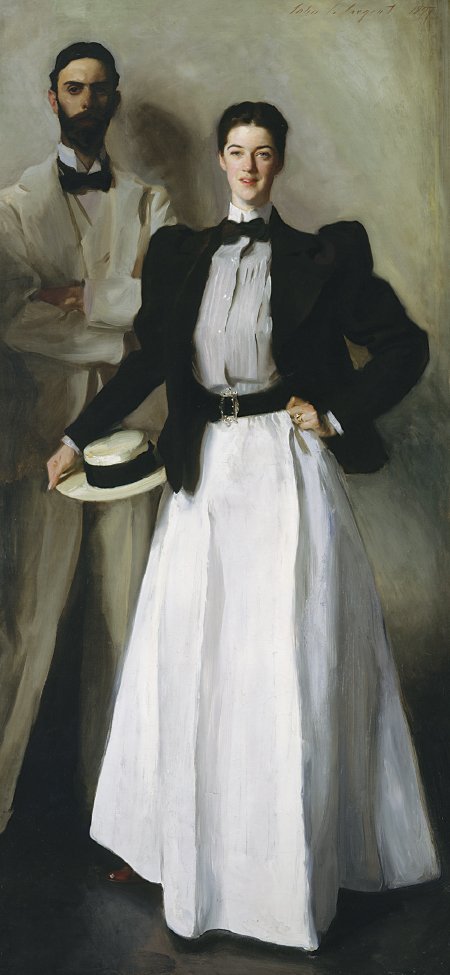Changes in Family Life

The average American family, especially among the middle class, decreased in size during the industrial era. In 1800, white women who survived to menopause had borne an average of 7.0 children; by 1900, the average was 3.6. On farms and in many working-class families, youngsters counted as assets on the family balance sheet: they worked in fields or factories. But parents who had fewer sons and daughters could concentrate their resources, educating and preparing each child for success in the new economy. Among the professional classes, education became a necessity, while limiting family size became, more broadly, a key to upward mobility.
Several factors limited childbearing. Americans married at older ages, and many mothers tried to space pregnancies more widely — as their mothers and grandmothers had — by nursing children for several years, which suppressed fertility. By the late nineteenth century, as vulcanized rubber became available, couples also had access to a range of other contraceptive methods, such as condoms and diaphragms. With pressure for family limitation rising, these methods were widely used and apparently effective. But couples rarely wrote about them. Historians’ evidence comes from the occasional frank diary and from the thriving success of the mail-order contraceptive industry, which advertised prominently and shipped products — wrapped in discreet brown paper packages — to customers nationwide.
Reluctance to talk about contraceptives was understandable, since information about them was stigmatized and, after 1873, illegal to distribute. During Reconstruction, Anthony Comstock, crusading secretary of the New York Society for the Suppression of Vice, secured a federal law banning “obscene materials” from the U.S. mail. The Comstock Act (1873) prohibited circulation of almost any information about sex and birth control. Comstock won support for the law, in part, by appealing to parents’ fears that young people were receiving sexual information through the mail, promoting the rise of “secret vice.” Though critics charged Comstock with high-handed interference in private matters, others supported his work, fearful of the rising tide of pornography, sexual information, and contraceptives made available by industrialization. A committee of the New York legislature declared Comstock’s crusade “wholly essential to the safety and decency of the community.” It appears, however, that Comstock had little success in stopping the lucrative and popular trade in contraceptives.
PLACE EVENTS IN CONTEXT